Boeing
Latest
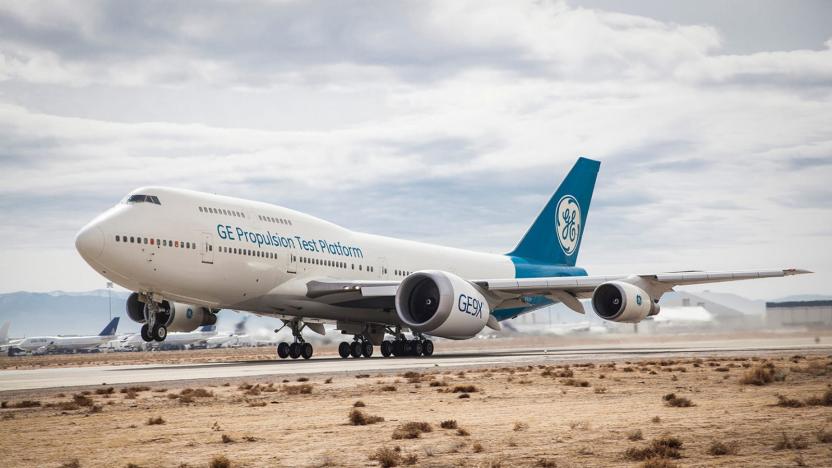
GE test-flies the world's largest jet engine
Airliners are growing ever bigger to haul more people per flight, which means they need appropriately massive engines -- and GE Aviation is happy to oblige. It recently conducted the first test flight of the GE9X, widely billed as the world's largest jet engine. It's easy to believe the claim from a glimpse (it's as wide as a Boeing 737), but the specs back it up as well: it has a whopping 11.2ft diameter front fan that, combined with carbon fiber blades, a next-gen high-pressure compressor and a new combustor, puts out over 100,000 pounds of thrust. For comparison, some of the earliest GE90 engines aboard Boeing 777s kicked out 'just' 74,000 pounds.
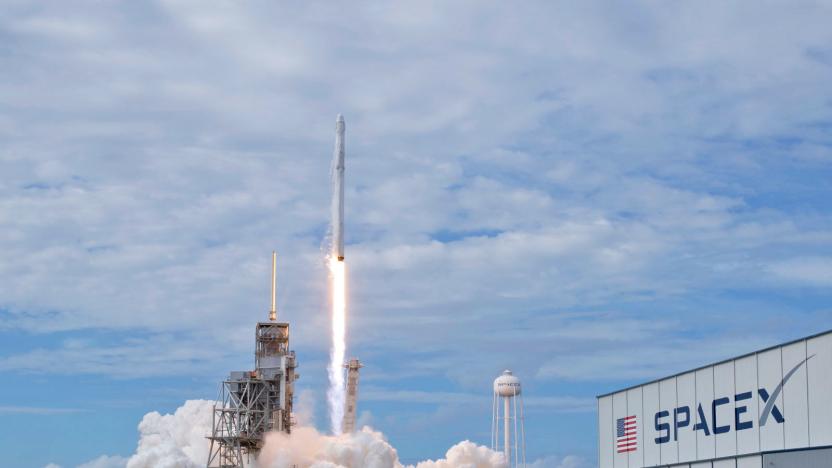
GAO expects delays in SpaceX and Boeing astronaut flight certification
It's no secret that NASA is pretty far behind schedule when it comes to returning to human spaceflight. Currently it's working with two contractors, Boeing and SpaceX, for eventual crewed flights. Today, the House Committee on Science, Space, and Technology asked NASA some hard questions about the delays, and it turns out the setbacks aren't over yet. Cristina Chaplain from the GAO, who testified at the hearing, said, "We've found that the program's own analysis indicates that certification is likely to slip into December 2019 for SpaceX and February 2020 for Boeing." Both companies are currently scheduled to be certified in the first quarter of 2019, and both companies maintained during the hearing that they are confident in their current schedules.

Boeing shows its vision for a hypersonic spy aircraft
Lockheed isn't the only one hoping to make a hypersonic spy aircraft. Boeing has provided early details on its own design for a hypersonic tech demonstrator that would lead to a spiritual successor to the SR-71 Blackbird. In some ways, it's a logical extension of the company's X-51A Waverider: the wedge-shaped, twin-tail body is designed to minimize drag while gulping in as much air as possible. It would be about as long as the Blackbird, but its Mach 5-plus top speed would leave the older Mach 3.2 jet far behind.

Boeing's prototype cargo drone can haul 500-pound loads
In the future, autonomy won't just mean you can relax in the passenger seat on your drive home from work. Driverless vehicles of all kinds are set to revolutionize the cargo industry, too, from delivering a pizza or dropping off an Amazon package, to hauling much larger shipments across continents and the high seas. Naturally, Boeing is one of many companies investing in cargo planes of tomorrow, and is keen to show off some of its early work in the form of a huge octocopter capable of carrying loads of up to 500 pounds (over 250kg). In less than three months, engineers at Boeing built and carried out successful test flights of the all-electric prototype, possibly (but unofficially) breaking a Guinness world record in the process.

The new space race is postponed until 2018
Aboard the International Space Station, an A4-size flag of the United States hangs next to a 1:100 model of a space shuttle. The memento, placed there by the last crew to fly on shuttle Atlantis, is meant to be retrieved by the next batch of astronauts that launches on a US spacecraft. NASA had hoped to reach that goal in 2017 after awarding Boeing and SpaceX billion-dollar contracts under the Commercial Crew Program (CCP). However, the road back to manned missions is paved with thorns and technical challenges. We certainly won't see any astronauts ferried to Low Earth Orbit before the year ends, but both companies believe that 2018 is the year that flag will be returned to Earth.

Amazon and Microsoft employees caught up in sex trafficking sting
The tech industry has a clear history of sexism and misogyny, but a recent Newsweek report highlights another problem. The publication got its hands on a slew of emails sent to brothels and pimps between 2014 and 2016 that document the industry's patronage of brothels and purchasing of services from trafficked sex workers. Among the emails, which were obtained through a public records request to the King County Prosecutor's Office, were 67 sent from Microsoft employee email accounts, 63 from Amazon accounts and dozens more from companies like Boeing, T-Mobile, Oracle and local Seattle tech firms.
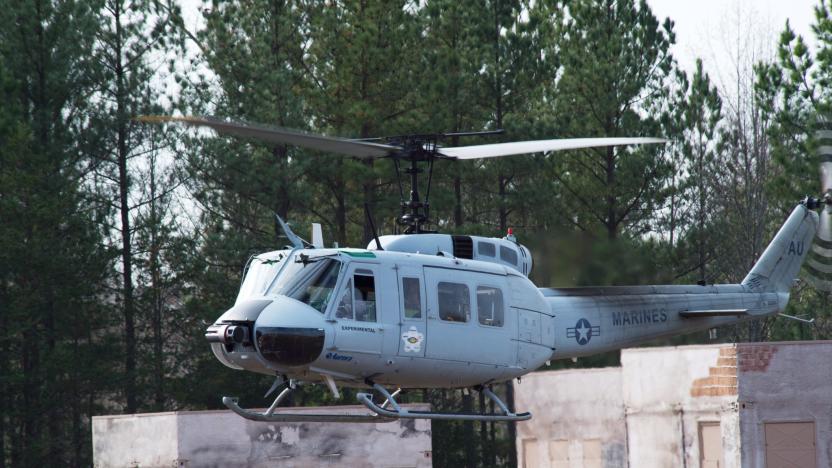
Autonomous helicopter completes Marine resupply simulation
Drones have become a part of the modern battlefield, but what about autonomous full-size aircraft? Aurora Flight Sciences just successfully demonstrated its self-flying setup, the Autonomous Aerial Cargo Utility System (AACUS), enabling an older helicopter to fly itself at soldiers' requests. In the future, troops in the field could use this tech to order autonomous supply deliveries with nothing more complicated than a tablet.

Russian hackers had hundreds of US targets in addition to the DNC
Various US agencies continue to look into the role Russia played in last year's presidential election, and targets of those investigations include interactions between Trump advisors and Russian officials, ads purchased by Russian agents through social media sites like Facebook and Twitter and whether the Kremlin was involved in the DNC email hacks of last year. In regards to the latter, Russia has been suspected of being behind the hacks for quite some time and just this week, reports have surfaced that the US Department of Justice has pinpointed six Russian officials it believes to have been involved in the hacks. However, a report released today by the Associated Press suggests that the group behind the DNC email breaches actually had a much wider range of targets.
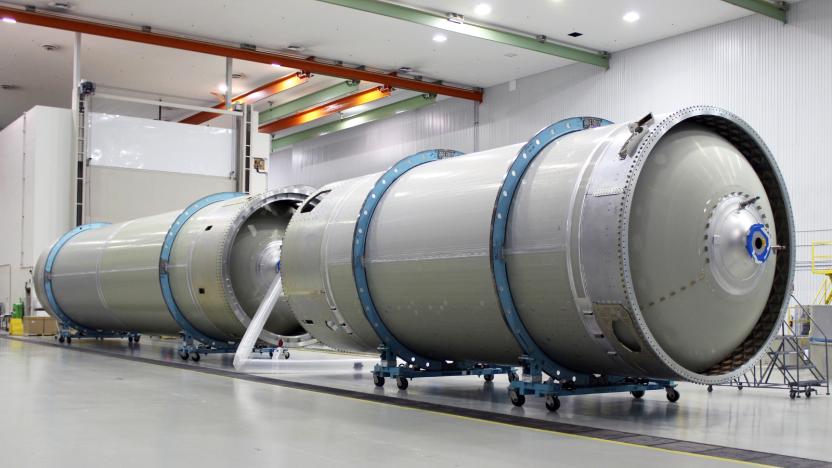
Boeing builds towards its first space taxi test
When NASA first named Boeing and SpaceX as recipients of the Commercial Crew Program, they originally aimed to end the agency's dependence on Russia by 2017. But developing space technologies is hard, and both companies had to push their first crewed test flights to late 2018 -- some reports even say they'll be delayed until 2019. While it's still unclear when we'll see the first space taxi blast off, Boeing has at least begun putting together the Atlas V rocket that will ferry the CST-100 Starliner taxi to orbit for the very first time.
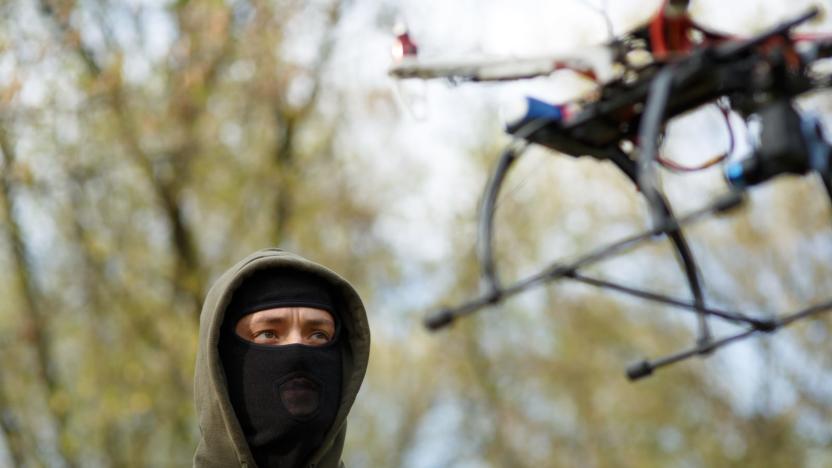
The rise of drone crime and how cops can stop it
It was supposed to be an easy $1,000 job. All 25-year-old Jorge Edwin Rivera had to do was pilot a drone carrying a lunchbox filled with 13 pounds of methamphetamine, from one side of the US-Mexico border to the other where an accomplice could retrieve the smuggled cargo. What he didn't count on was Border Patrol agents spotting the UAV in flight and tracking it back to his hiding spot, 2,000 yards from the national divide.
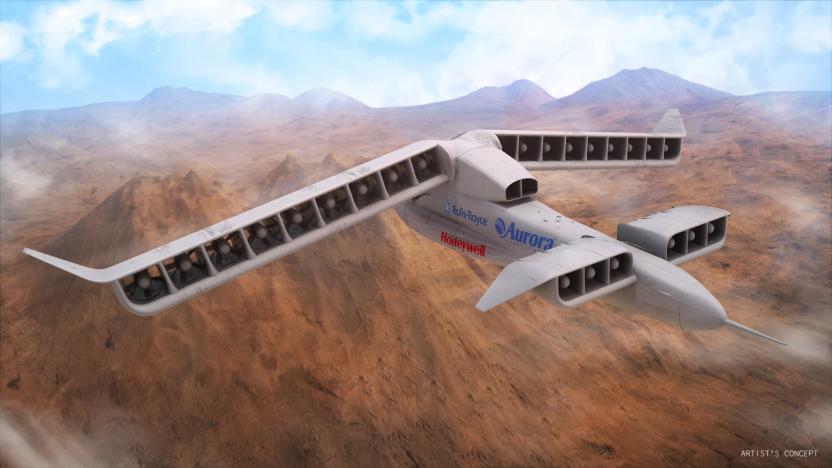
Boeing buys Aurora, an autonomous drone company
Boeing has announced that it's buying Aurora Flight Sciences, a company that is developing autonomous flying vehicles. Aurora's strengths are in creating aircraft that take off and land vertically, and is looking to eliminate pilots from the equation entirely. The company has been working on such technology for the better part of three decades, and also worked with Uber on its own flying taxi project.

Boeing offers a $2 million prize for a working jetpack
It's 2017, and as the refrain goes, where are the flying cars? Boeing is more interested in "personal flying devices" -- aka, jetpacks or flying taxis -- and is partnering with new organization GoFly to post a $2 million bounty for working designs. Kind of like an X Prize competition, the partners are giving teams two years to develop their tech before whomever impresses the judges at a "final fly-off" takes home money from the GoFly Prize pool.
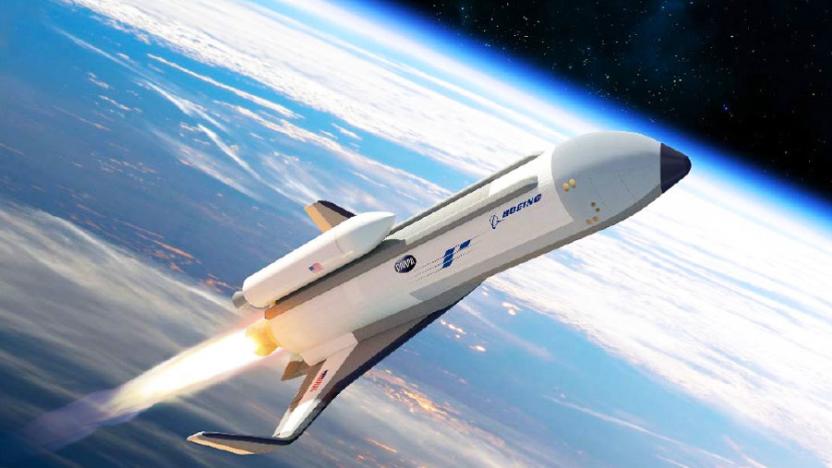
Boeing is building DARPA's new hypersonic space plane
A few years ago, DARPA started work on a new experimental aircraft project called the XS-1, a vehicle designed to make launching satellites a faster, less expensive endeavor. Today, that project just took a huge leap forward: DARPA has announced that it's partnering with Boeing to build its next generation hypersonic space plane. Specifically, the aircraft manufacturer has been tapped to complete advanced design work on the XS-1 project, following up on the concept Boeing pitched to the agency during the project's early stages -- which it will now help build and test over the next several years.
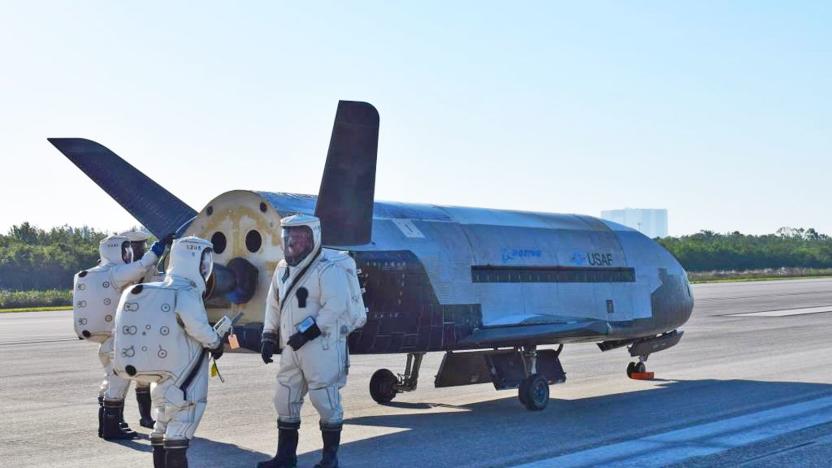
Drone is the first spacecraft in years to use a key Shuttle runway
Kennedy Space Center is slowly coming back to life, but you almost wouldn't know it by looking at the Shuttle Landing Facility. While it has seen some limited use for aircraft in recent years, it hasn't been used for an orbital mission landing since... well, the last Space Shuttle in 2011. At last, though, it's back to serving its core purpose. The US Air Force's X-37B space drone has touched down at the facility after completing its fourth mission. The highly secretive, autonomous spacecraft could have landed as early as February, but stayed aloft those extra few months for unknown reasons.
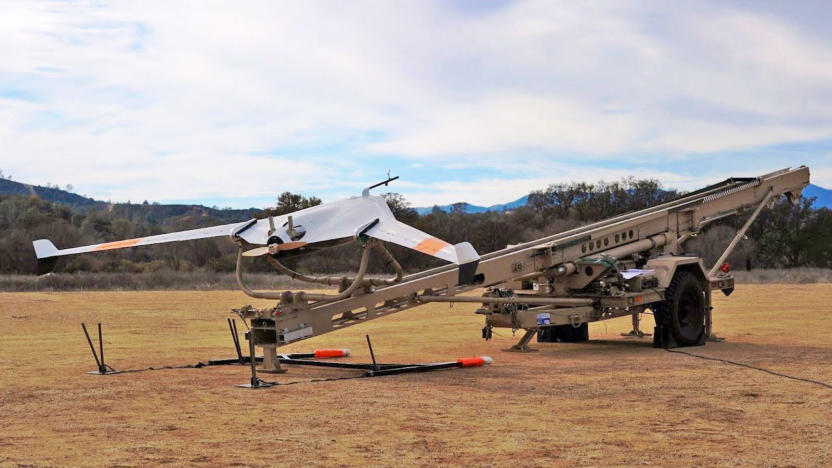
Who needs runways when you've got the Lockheed Fury?
Soldiers on the battlefield could soon have an extra set of eyes watching over them. Lockheed is currently developing a high altitude, long endurance (HALE) unmanned aerial vehicle called the Fury. But unlike other HALE platforms like Boeing's Phantom Eye or Northrop Grumman's Global Hawk, the Fury has no use for runways. It just needs a catapult.

Boeing uses first FAA-approved 3D-printed parts for the 787
Boeing expects to shave $2 to $3 million off each 787 Dreamliner's manufacturing costs by 2018, thanks to 3D-printed titanium. The company has teamed up with Norwegian company Norsk Titanium to create the first printed structural titanium components for a plane. As Reuters notes, General Electric already prints fuel nozzles for aircraft engines. However, this is the first time a company is using 3D-printed components for parts of a plane that bear the stress of an airframe during a flight.

Zunum Aero's hybrid planes could halve the cost of US flights
Boeing and JetBlue have backed a little-known company called Zunum Aero -- and for good reason. The startup is three years into the development of small planes powered by hybrid-electric propulsion, which it says can "pave the way to a golden era of fast and affordable electric air travel." Zunum's planes promise to make local flights a more feasible alternative to traveling by car or high-speed trains. The 10-to-50-seater aircraft will cut travel time by 40 to 80 percent, so if you're flying a flight that typically takes five hours, it'll only take two-and-a-half hours. Thanks to the planes' lower operating costs, seats will cost 40 to 80 percent below current prices, as well.
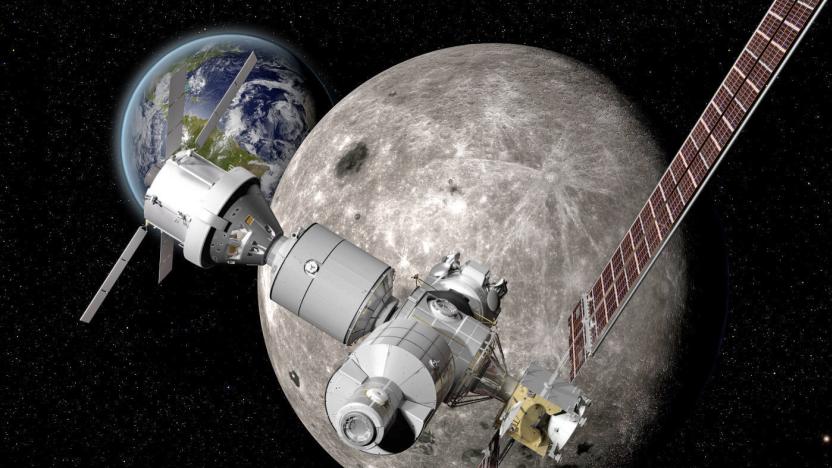
Boeing's deep space habitat could be home for Mars astronauts
NASA teamed up with six companies to develop deep space vehicles as part of its NextSTEP program last year. Boeing, one of the six, has now given us an idea of what its creations could look like. The company has revealed concept images of its deep space habitat and transport vehicle that could make it possible to send humans to Mars from a lunar base. Pictured above is the Deep Space Gateway, the habitat Boeing wants to send to cislunar space. It could house critical research for human exploration and could dock other vehicles using a system similar to the International Space Station's.
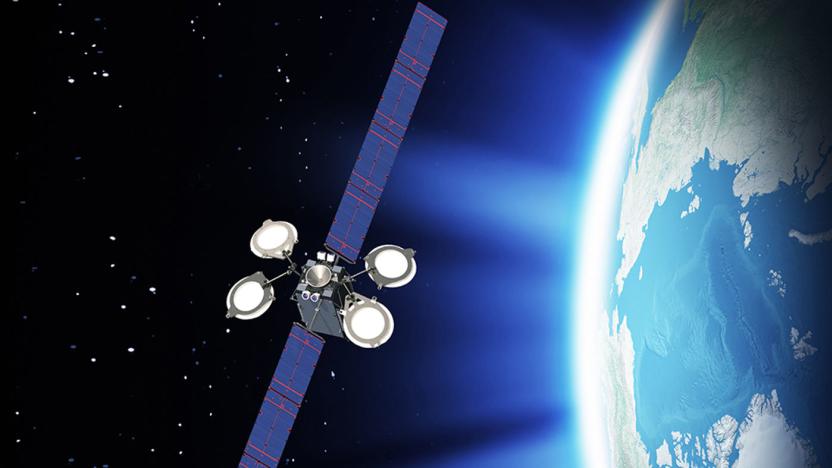
Boeing plans to build 3D-printed modular satellites
Boeing is known for building huge, high-end satellites that cost roughly $150 million each, but that could change in the future. The aerospace corporation plans to adopt new production practices that involve the use of modular 3D-printed parts and far fewer workers than it's used to, according to The Wall Street Journal. Its current procedures that require customized manual assembly cost too much and take far too long -- apparently, you can count the number of satellites it builds in a year on two hands. Boeing's satellite business chief Paul Rusnock told the WSJ that the company can't continue what it's been doing and remain competitive.

NASA wants to send humans aboard the first SLS flight
The first Space Launch System flight scheduled for 2018 was supposed to be unmanned, designed to test the new rocket and its companion Orion capsule. But now NASA has grander plans for its maiden flight: acting administrator Robert M. Lightfoot Jr. has announced that the agency is considering adding a crew on board. While authorities already expect the SLS debut to be delayed by a year, its first manned flight wasn't supposed to take place until 2021 at the earliest.








